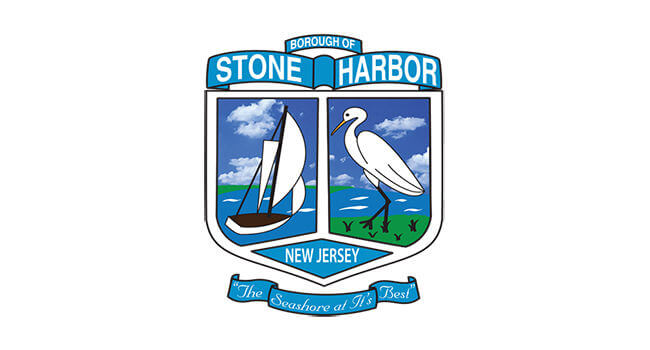STONE HARBOR – At a Stone Harbor Borough Council meeting Aug. 20, two residents spoke against trapping foxes at Stone Harbor Point.
Their comments ignited a discussion on predator-control practices used by federal and state officials at the Point. The predator-control program is part of a comprehensive program of activities related to the borough’s beaches and environmental reserves.
Endangered migratory bird species use Stone Harbor Point as a nesting area for specific periods each year. Vehicles, boats, and people are banned to different degrees at the Point during the nesting period. Signage and ordinance restrictions do not work with natural predators that are attracted to the area because the birds are laying eggs and nesting on the beaches.
For those natural enemies of the nesting birds, a predator-control program has been in force for years. This year, it has evoked outrage from a segment of residents.
Discovery of and social media reporting of snare traps used to capture foxes has led to ongoing debate about what, if anything, borough officials should do in response.
Mayor Judith Davies-Dunhour, who also serves as manager of the Cape May County Animal Shelter, has expressed strong distaste for a predator-control plan that involves the killing of the trapped predators. She has spoken out against the use of snare traps, which can leave animals “in distress for many hours,” before the trap is monitored.
The strongest supporter of Davies-Dunhour’s position on the council is Charles Krafczek, who expressed strong emotion at one meeting because he found out snare traps were being used through social media posts.
Both Davies-Dunhour and Krafczek have pushed for an alternative control program that may involve capture and relocation of predators, with Davies-Dunhour suggesting that the borough take responsibility for the required predator-control function.
Other members of the governing body expressed degrees of regret that the present program results in the death of captured predators, but they have placed emphasis on the relationship between the borough, federal, and state officials, in this case, officials with federal and state Fish and Wildlife services.
A Conservation Management Plan signed in 2008 governs many of the issues involved in this dispute over management at the Point. The plan came at a point of litigation resulting from the borough’s use of Point areas for dredge soils in 2006.
The set of interactions with state and federal officials around that litigation also led to the decision of terminating a feral cats program, which Davies-Dunhour was involved with while a police officer.
Council Member Frank Dallahan warned Davies-Dunhour against taking public positions that are different from the borough’s policy, which he stated as “following Fish and Wildlife guidance.”
Fish and Wildlife officials denied a borough request to attend a public meeting at which they could explain their program. They met with council in private. There were two separate meetings to accommodate Sunshine Law restrictions.
Council members disputed the outcome of the meetings. While Krafczek found the officials “unenthusiastic about seeking an alternative” to the current program, Council President Joselyn Rich said she felt they presented their program professionally and persuasively.
In past meetings, the borough’s environmental consultant, Dr. Lenore Tedesco, executive director for the Wetlands Institute, has expressed support for the program as run by Fish and Wildlife. She finds it to be a regrettable but appropriate response to the predator problem.
Fish and Wildlife relocation policy may spell the end of a struggle for a change in the predator-control program. That policy labels certain species, including the foxes at the Point, as rabies vector species, placing significant restrictions on where they can be released.
The policy limits the release location to the municipality of origin in a suitable habitat. In a community as small as Stone Harbor, the options are minimal and the likelihood that the predator would migrate back is likely. For the animals, the policy does not allow relocation to a larger municipality like Middle Township, even if approvals were obtained.
With predator management a part of state beach management plans, those on the council who caution against “rocking the boat,” concerning the relationship with Fish and Wildlife, will have their positions bolstered.
Raymond Parzych’s admonition was that the council must continue to do what is best for the borough by “not alienating these people.”
The meeting ended with Davies-Dunhour offering to provide information to the borough administrator so that the council could “reach out” to other communities like Brigantine, an example she used when arguing that the difficulties are “not just a Stone Harbor problem.”
The majority of council appears to see it as a Stone Harbor problem. They also appear to have a set consensus about how to deal with it.
To contact Vince Conti, email vconti@cmcherald.com.
Avalon – To the SH spout re jeopardizing social security benefits. Not the op but here: https://www.cnbc.com/2025/03/01/doge-actions-may-cause-social-security-benefit-interruption-ex-agency-head.html








